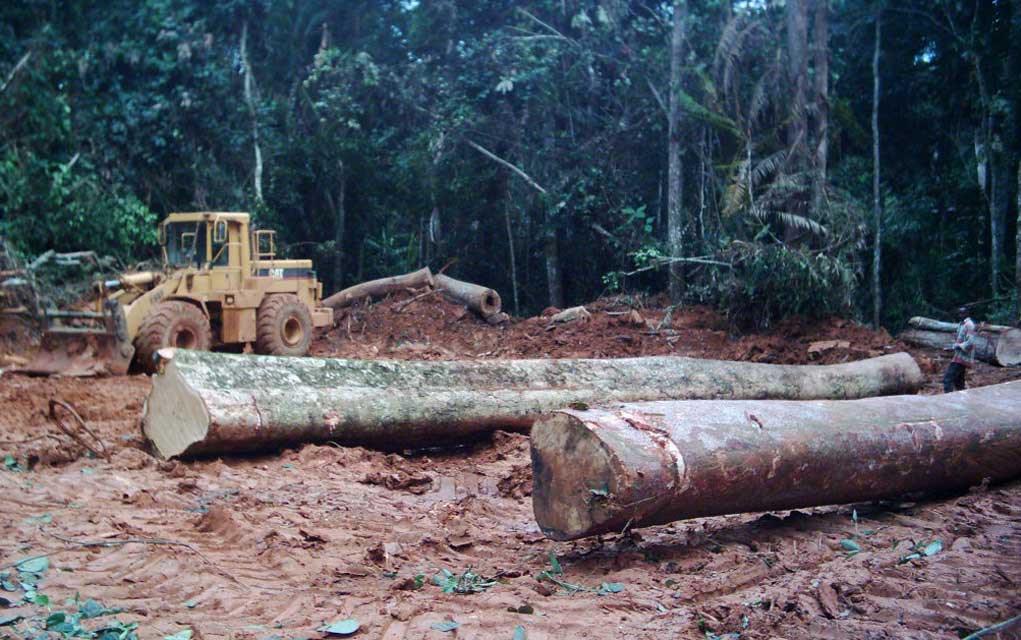About a week and a half ago, the World Wildlife Fund released its Living Planet Index 2014 report, and according to their calculations, for the period between 1970 and 2010, human activity has been responsible for the loss of 52 percent of the planet’s non-human vertebrate animal population. Human activity-related causes include habitat loss, pollution (e.g. algae blooms), fishing and hunting.
Just to clarify, this does not mean 52 percent of all mammals, birds, reptiles, amphibians and fish, all across the globe, have been driven into extinction. No, it means that in terms of their sheer numbers, there are that many fewer of them. Still, it highlights the reality that extinction could indeed be on the horizon for many vertebrate species.
It is ironic that I did not see reportage of this news story prominently featured in any of the newspapers I saw that day (one had it on page 34, the “Health & Science” page. “If half the animals died in London Zoo next week,” as Ken Norris, the Zoological Society of London’s director of science, points out in an article published in the British national daily The Guardian (Damian Carrington, “Earth has lost half of its wildlife in the past 40 years, says WWF” Sept. 29, 2014), “it would be front page news.” [The Institute of Zoology, the research division of the Zoological Society of London, worked collaboratively with the WWF in putting together the Living Planet Index 2014 report.] Think about that! If half the animals die in a zoo, that’s front page news. But if we kill off over half the [non-human] vertebrates on the planet, that’s not front page news.
This current assessment concerning vertebrates on the planet reminds me of a phrase that has long since stuck in my mind. It comes from David Quammen’s review of Dale Peterson’s book Eating Apes, published in The New York Times Book Review (“Almost Cannibalism / The chances of keeping Africans from eating all their apes don’t look good” June 15, 2003), in which he states that “African forests are being emptied of wildlife even faster than they’re being cut for timber.” He speaks of the “more than five million tons of antelope, elephant, buffalo, bush pig, porcupine, rodent, monkey and other native animals” being killed there every year. One big contributing factor, as Quammen points out, is this: “The problem of bushmeat in central Africa is entangled with industrial logging, which brings roads, trucks, hungry workers and their families and guns into forest areas once far less accessible.”

